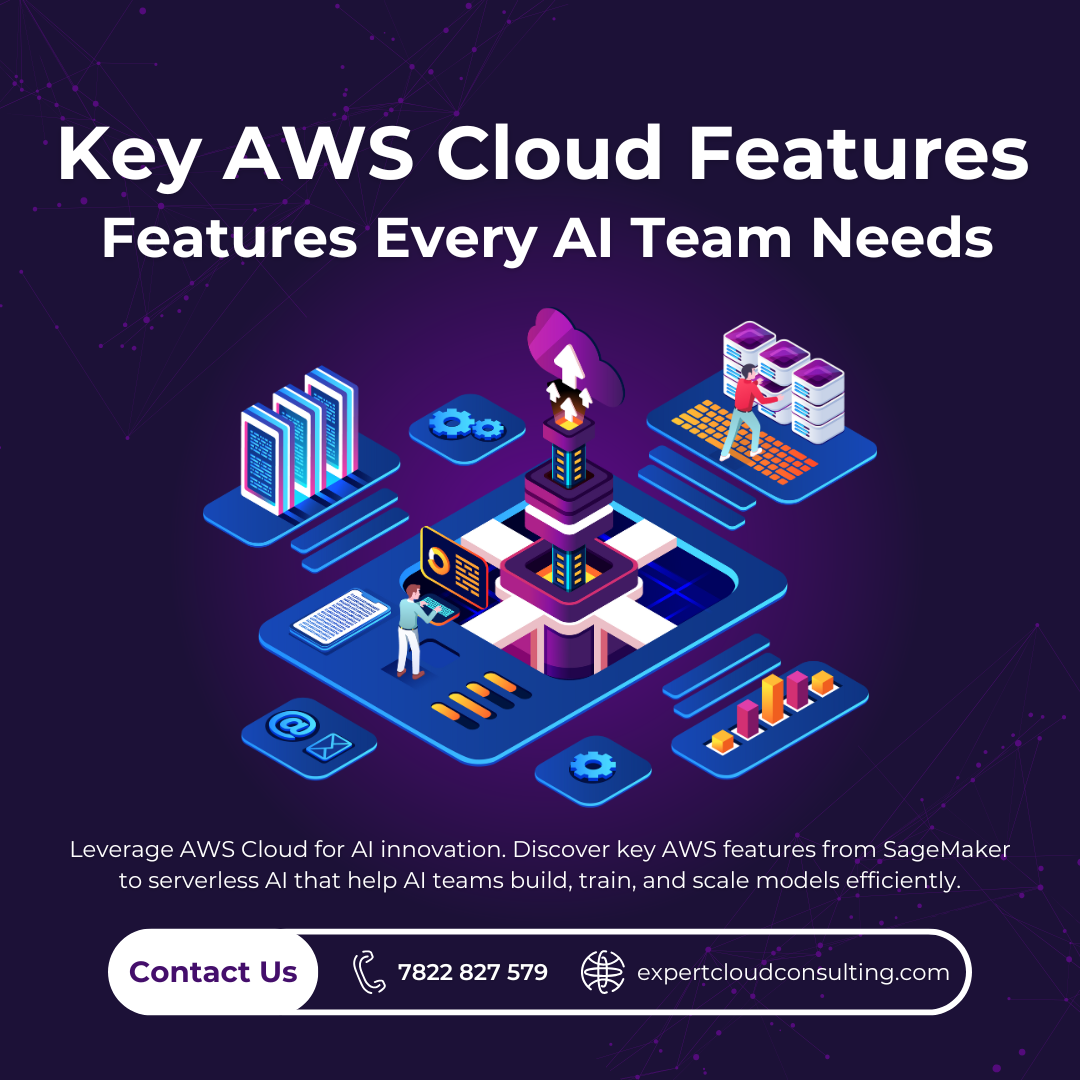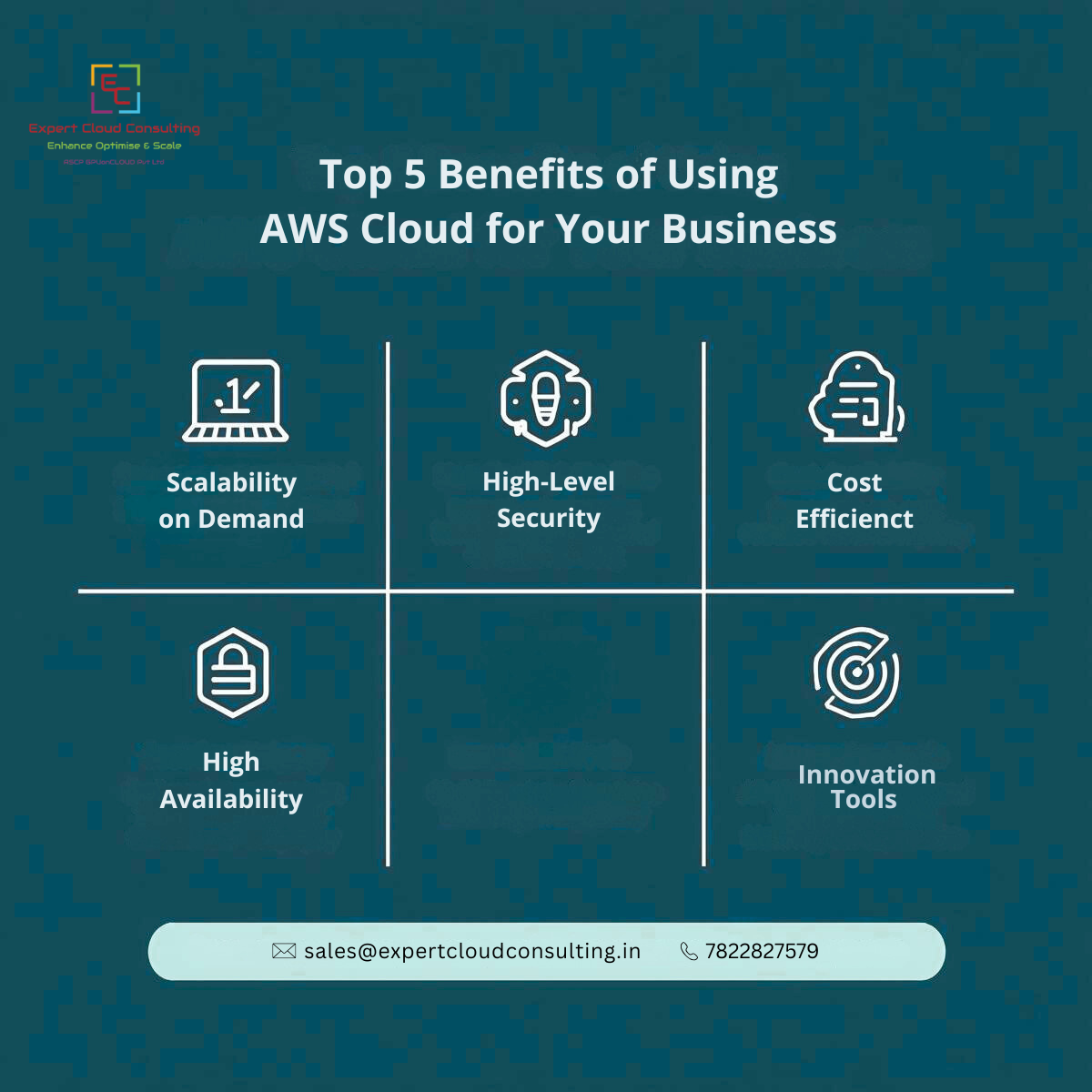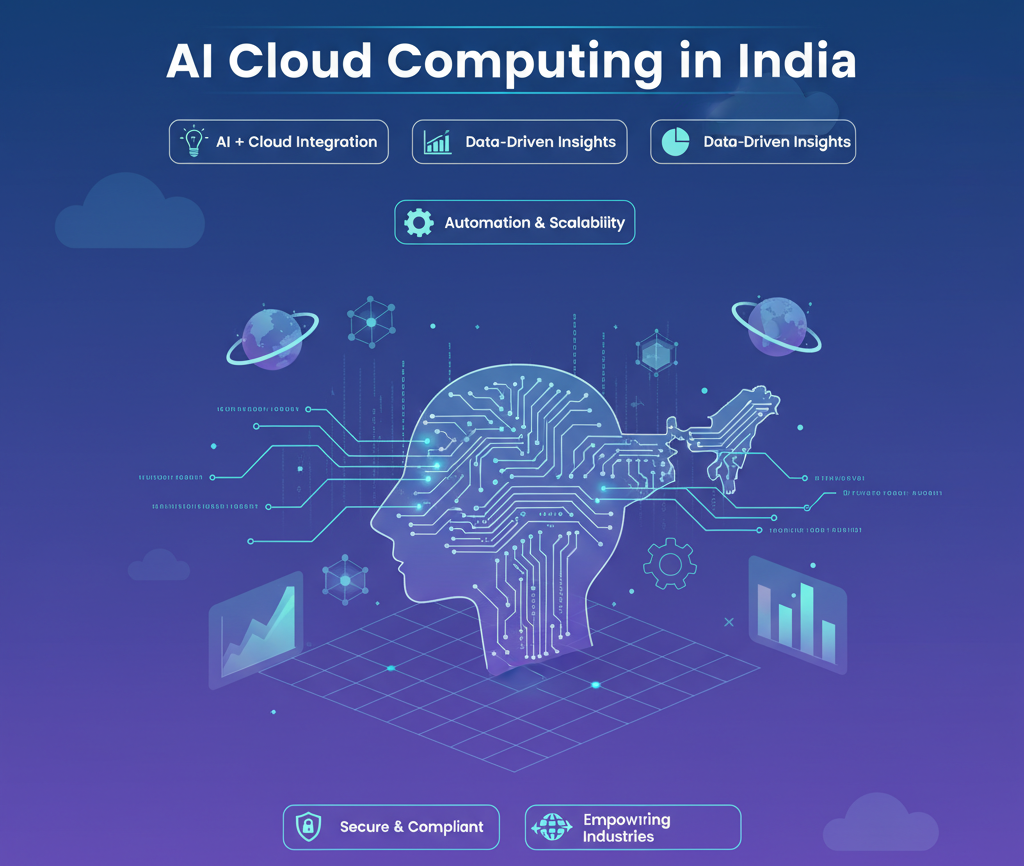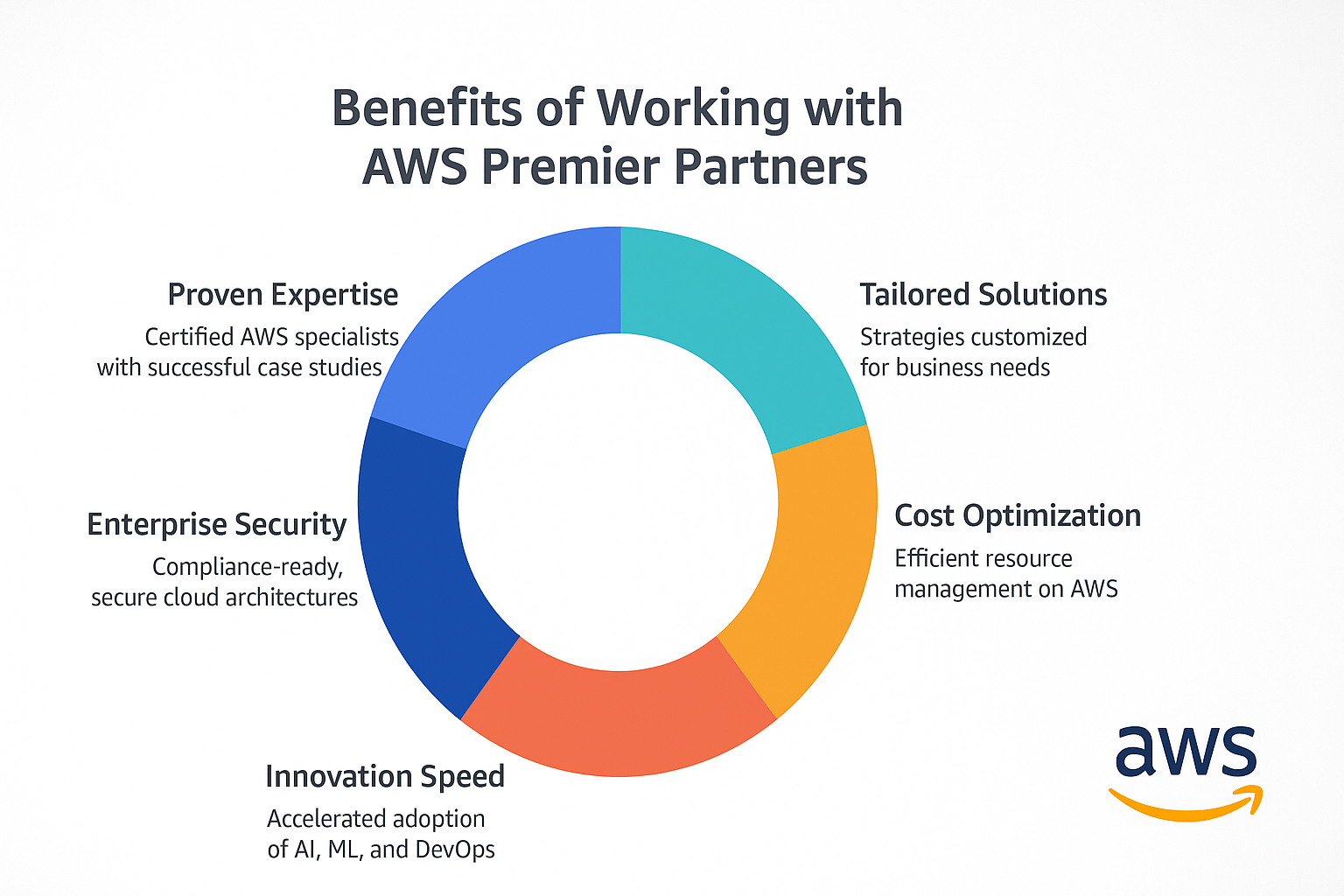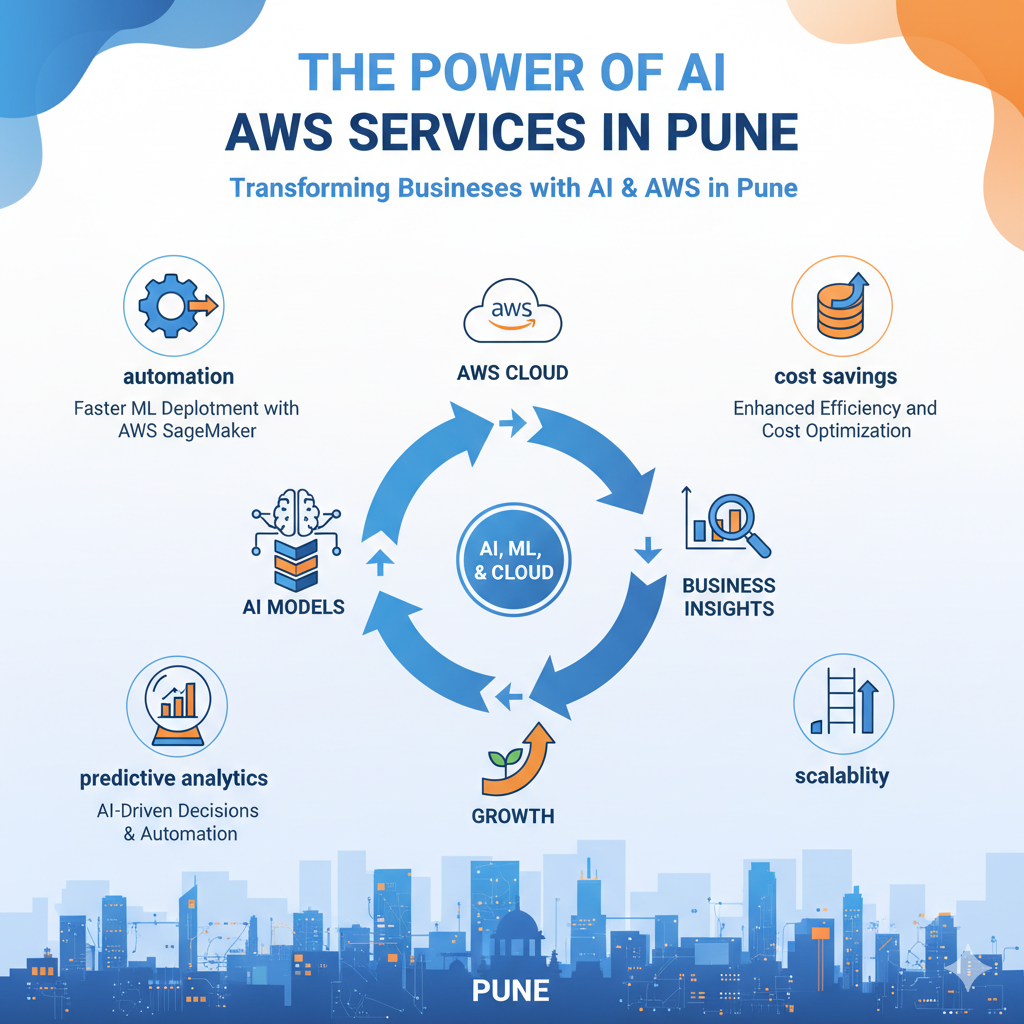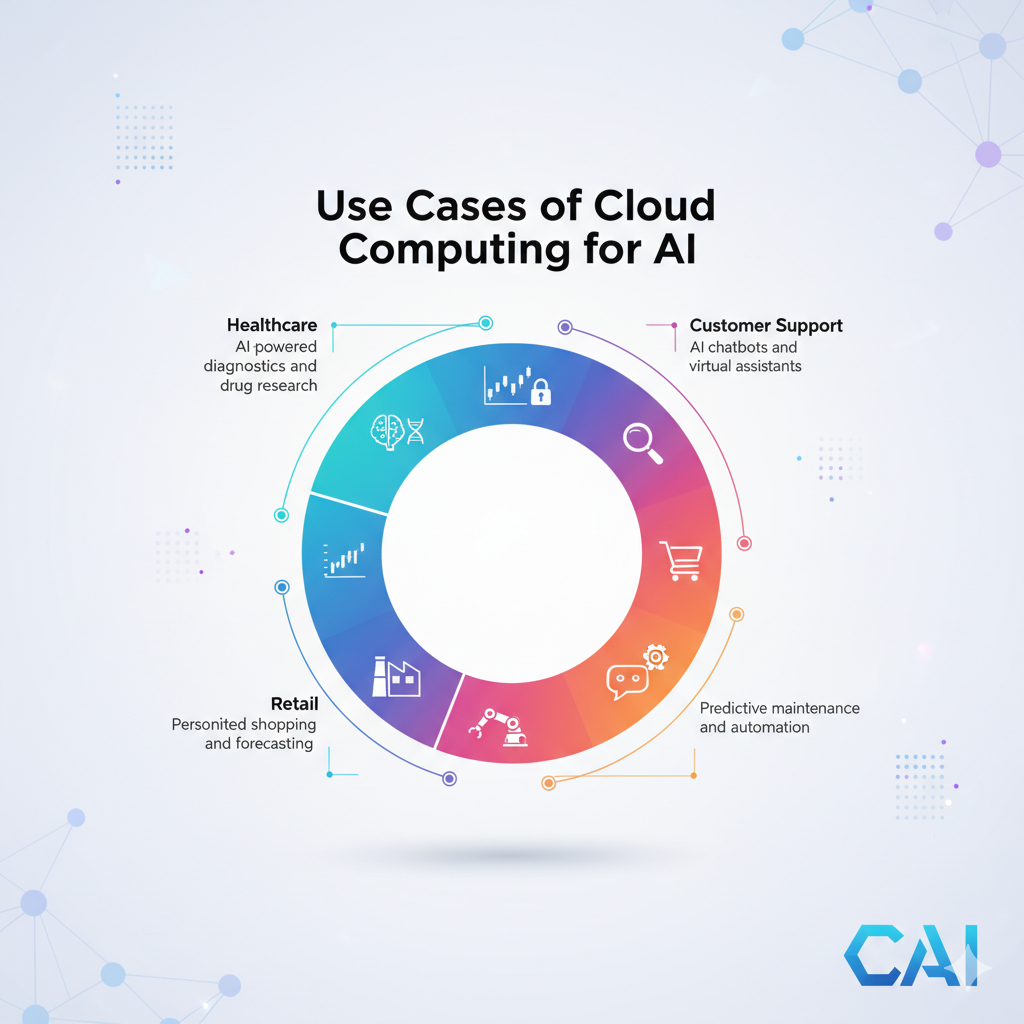Introduction📜
In the dynamic landscape of modern software development, orchestrating infrastructure and application deployment has become a critical challenge. GitOps is a Git-centric framework for application deployment that greatly simplifies software development in cloud-native environments. A methodology that leverages version control systems like Git for infrastructure automation, has emerged as a solution to streamline and enhance the deployment process.
What is GitOps ❓
Pioneered in 2017, GitOps is a modern way to manage cloud-native systems that are powered by Kubernetes. It leverages a policy-as-code approach to define and manage every layer of the modern application stack - infrastructure, networking, application code, and the GitOps pipeline itself. With Git at the center of the delivery pipelines, developers can use familiar tools to make pull requests to accelerate and simplify both application deployments and policies that govern software delivery end-to-end.
Four succinct principles of GitOps
1️⃣ Declarative: Crafting Configurations with Clarity 📜
In the realm of GitOps, the principle of declarativity reigns supreme. It demands a description of the entire system in a declarative manner, where configurations are not a set of instructions but an unwavering set of facts.
2️⃣ Versioned and Immutable: Timeless Repositories of Reality ⏳
GitOps unfolds its magic by encapsulating the desired system state within Git, ensuring it is not just versioned but eternally immutable.
3️⃣ Pulled Automatically: Streamlining System Evolution 🔄
The GitOps dance continues as approved changes gracefully waltz into the system automatically. GitOps elegantly separates the what and the how, allowing changes to traverse from Git to Kubernetes without human touch.
4️⃣ Continuously Reconciled: Agents of Assurance and Healing 🔄🛡️
The grand finale of GitOps manifests in the principle of continuous reconciliation, orchestrated by vigilant software agents. These digital sentinels ensure the entire system is not just self-sustaining but possesses the capacity for self-healing, an integral facet of GitOps' operational symphony.
GitOps Workflows on AWS
Infrastructure as Code (IaC): 🛠️
GitOps relies heavily on the principles of Infrastructure as Code (IaC). Tools like AWS CloudFormation and Terraform are widely embraced for defining and provisioning infrastructure in a version-controlled manner. With these tools, teams can efficiently manage AWS resources as code, ensuring uniformity and reproducibility.
AWS CodePipeline for CI/CD: 🚚
The fusion of GitOps with AWS CodePipeline streamlines the Continuous Integration and Continuous Deployment (CI/CD) process. CodePipeline automates the build, test, and deployment phases, responding to Git repository changes and triggering updates seamlessly.
AWS CodeCommit for Git Repositories: 🧑💻
AWS CodeCommit serves as a secure and scalable Git repository hosting service. Teams utilize CodeCommit to store and version control their code, configuration files, and infrastructure as code. It acts as a centralized repository, fostering collaborative development practices.
Flux and ArgoCD for GitOps Controllers: 🎮
Popular GitOps controllers like Flux and ArgoCD play a pivotal role in managing application deployment and synchronization. These controllers continuously monitor Git repositories for changes and autonomously apply updates to target environments, ensuring the maintenance of the desired state.
Kubernetes and Amazon EKS: ☸️
GitOps principles seamlessly extend into managing Kubernetes manifests for organizations utilizing Kubernetes on AWS. Tools like ArgoCD synchronize Kubernetes cluster states based on Git repository changes, establishing a consistent and automated deployment process.
Key Challenges 🛑:
One of the main challenges of GitOps is the potential for conflicts during automated Git commits. When multiple CI/CD processes publish to the same repository, the potential for disputes arises, as Git only enables manual conflict resolution. This can be mitigated by using fewer Git repositories or by having each repository handle pull requests and access controls more effectively.
Another challenge of GitOps is the increased complexity of Git repository administration. With each new environment or application, additional GitOps repositories must be added and connected to sync agents on multiple clusters with the same access rights, which requires significant development time.
Despite these challenges, GitOps can significantly improve infrastructure and application deployment’s speed, reliability, and stability. By carefully considering these challenges and taking steps to mitigate them, organizations can reap the many benefits of GitOps and transform their software delivery processes.
How Expert Cloud Consulting Can Help You? 🚀🌐
Expert Cloud Consulting has its own diverse set of use cases that are sure to solve fundamental challenges you face at your organization.Additionally, we are an AWS Advance Tier Partner, helping you accelerate EKS adoption.✨👍
Conclusion 🎉
GitOps stands as a beacon of efficiency in modern software deployment, offering a Git-centric framework that harmonizes with cloud-native environments. Despite challenges like potential conflicts and repository administration complexity, GitOps excels in automating, versioning, and reconciling, transforming the deployment landscape. By integrating seamlessly with AWS tools and Kubernetes, GitOps not only accelerates the CI/CD process but also enhances reliability and stability. Embracing GitOps and addressing its challenges empowers organizations to redefine their software delivery, fostering a future where deployment is not just efficient but also resilient in the face of dynamic development landscapes. 🌟🚀




